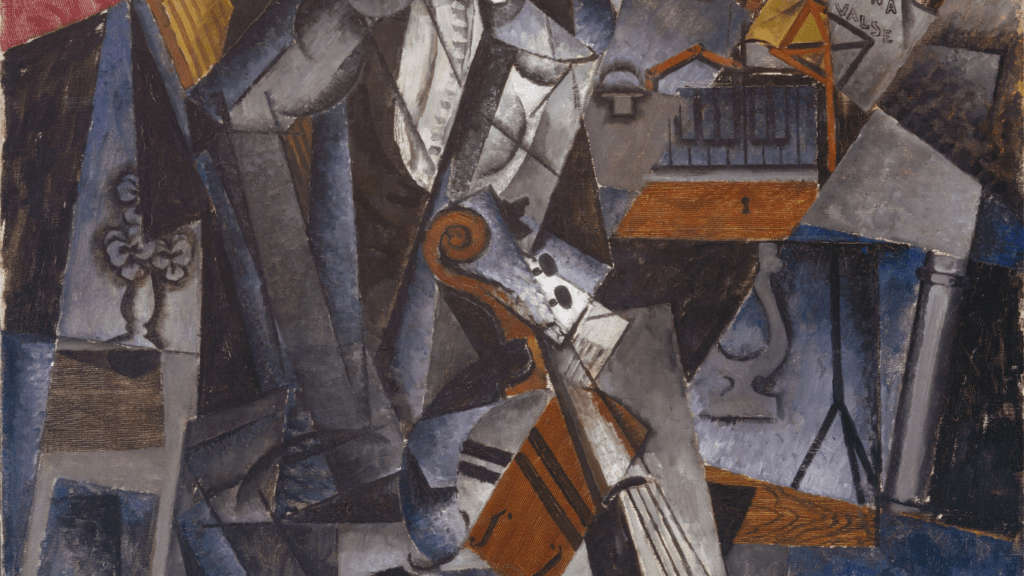Defining Minimalism in Modern Art
Minimalism in modern art strips art to its core essentials, removing excess to highlight form, color, and medium. Artists aim to evoke complex thoughts with simplicity.
Key Characteristics of Minimalism
Minimalist art often features geometric forms and monochromatic palettes. These elements create a focus on the relationship between space and content. For example, a square canvas painted entirely in white can provoke contemplation on emptiness and infinite possibility. Texture also plays a crucial role, with many artists favoring flat or smooth surfaces to eliminate distractions and draw attention to the work’s fundamental aspects.
Historical Context
Minimalism emerged in the late 1950s and early 1960s as a reaction against Abstract Expressionism. Artists like Frank Stella and Donald Judd rejected emotionalism in favor of clear, unembellished forms. This movement paralleled broader cultural shifts towards simplicity in consumer products and architecture. The emphasis on industrial materials like steel, aluminum, and glass also mirrored the post-war era’s fascination with mass production and technology.
Influential Minimalist Artists
Minimalism in modern art gained prominence due to several key artists whose work redefined the art world. Let’s explore two pivotal figures: Donald Judd and Agnes Martin.
Donald Judd
Donald Judd, an American artist, played a crucial role in establishing minimalism. He worked primarily with industrial materials like:
- steel
- Plexiglas
- concrete
Judd’s pieces often took the form of simple, geometric shapes such as boxes and stacks. He emphasized the three-dimensional space of his works, moving away from traditional two-dimensional paintings. Judd believed that art should be free from illusion and emotion, reflecting reality straightforwardly. One of his renowned works, “Untitled, 1970,” features a series of metal boxes arranged meticulously, highlighting the interplay between space and object.
Agnes Martin
Canadian-American artist Agnes Martin contributed significantly to minimalism, focusing on delicate grid patterns and subtle color variations. Martin’s work often involved meticulous hand-drawn lines, creating a sense of calm and order. Her minimalist ethic centered on expressing emotional and spiritual purity through simplicity. Unlike Judd, Martin’s works carried an understated lyrical quality, incorporating slight irregularities that added to their depth. An example of her impactful pieces is “Untitled No. 5, 1998,” which showcases a serene grid pattern with soft hues, invoking a meditative experience for viewers.
These artists, among others, forged a path for minimalism in modern art, emphasizing clarity, simplicity, and the intrinsic qualities of materials.
Minimalism’s Impact on Contemporary Art

Minimalism’s influence on contemporary art is both profound and far-reaching. It reshaped not just traditional art forms but also opened new pathways for emerging artists to explore simplicity and purity.
Integration into Various Art Forms
Minimalism permeated various art forms, disrupting traditional paradigms. In sculpture, artists like Carl Andre employed basic materials such as metal and stone to create streamlined forms that invited viewer interaction. In painting, Ellsworth Kelly’s use of large, unbroken color fields challenged conventional composition rules, emphasizing shape and surface over intricate details. In architecture, minimalism revolutionized design principles, promoting open spaces and functional elements free from decorative excess. Japanese architect Tadao Ando exemplifies this with his use of concrete and natural light.
Influence on Emerging Artists
Emerging artists continue to draw inspiration from minimalism’s core principles. Minimalism’s emphasis on reduction and clarity resonates with artists striving for authenticity in their work. For example, contemporary artist Sarah Morris integrates minimal geometric forms with bold palettes to explore urban and social themes. Minimalism also contributes to digital art, where artists like Rafaël Rozendaal reduce web-based designs to their essential elements, facilitating user interaction. This ongoing influence ensures minimalism remains vital and dynamic in the evolving landscape of contemporary art.
Criticisms and Controversies
Minimalism in modern art has gained widespread attention over the years, but it hasn’t been without its share of criticisms and controversies.
Common Misconceptions
Many believe minimalism to be overly simplistic, interpreting the lack of clutter as a lack of depth. They feel that minimalism’s stripped-down approach negates the presence of skill or effort in the artwork. For example, critics often misjudge works by artists like Ellsworth Kelly or Donald Judd, thinking the simplicity equates to minimal labor. This overshadows the conceptual rigors and intellectual challenges that minimalists face.
Art World Debates
The evolution of minimalism has sparked debates in the art world, particularly regarding its cultural and aesthetic significance. Some argue that minimalism, by focusing on form over content, lacks emotional resonance. Others believe it democratizes art by making it accessible and understandable. For instance, the work of Carl Andre, known for using industrial materials, ignites discussions on the boundaries between art and ordinary objects. These debates continue to shape the perception and development of minimalist art.
Collecting and Exhibiting Minimalist Art
Minimalist art, characterized by its simplicity and clean lines, continues to attract collectors and institutions worldwide. This surge in interest has led to remarkable collections and exhibitions showcasing the profound impact of minimalism.
Noteworthy Minimalist Art Collections
Prominent collections, such as the Dia Art Foundation and the Menil Collection, house significant works of minimalist art. The Dia Art Foundation, based in New York, includes pieces from artists like Donald Judd, Dan Flavin, and Agnes Martin. In Houston, the Menil Collection boasts an impressive array of works by Carl Andre and Ellsworth Kelly.
- Dia Art Foundation: Features works from Donald Judd, Dan Flavin, and Agnes Martin.
- Menil Collection: Hosts pieces by Carl Andre and Ellsworth Kelly.
Prominent Minimalist Art Exhibitions
Numerous exhibitions highlight the evolution and significance of minimalist art. The Museum of Modern Art (MoMA) in New York has held landmark exhibitions, such as “Minimalism and Post-Minimalism,” featuring the works of Frank Stella and Sol LeWitt. The Tate Modern in London has showcased “Shape of Light”, a minimalist exhibition focusing on the interplay of form and space.
- Museum of Modern Art (MoMA): “Minimalism and Post-Minimalism,” featuring Frank Stella and Sol LeWitt.
- Tate Modern: Hosted “Shape of Light,” focusing on form and space.
Both collections and exhibitions underline the essential role of minimalism in modern art, showing the dedication of institutions and collectors in preserving and promoting this influential movement.





